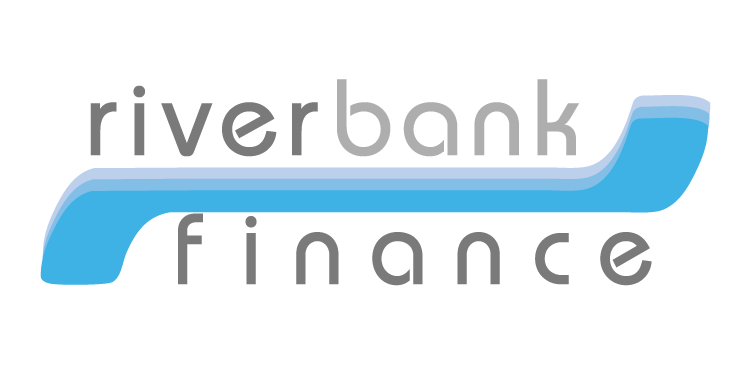With mortgage rates still low, many families are benefiting by refinancing their homes. As we have been recommending, if your mortgage rates is still above 5% then you should also seek information on what options you have to lock in a lower rate. While shopping for the best mortgage deal it is very important to understand what mortgage insurance your mortgage requires.
First of all understand that not all mortgages are alike. FHA mortgages, for example, have a type of mortgage insurance called MIP or mortgage insurance premiums. This is similar however different from what many conventional mortgages require which is called PMI or Private Mortgage Insurance. They both equate to the same benefit to you which allows you borrow money at a higher loan to value against your home while insuring the bank or lending institution from losses.
Lets take a close look at a couple types of popular mortgages. FHA mortgages are insured by the Federal Housing Administration. To ensure these loans the FHA requires two the lender to impose mortgage insurance. With these loans there are two types of MIP, up front mortgage insurance and annual premiums. These days if you get a new FHA mortgage they all will have a 1% up front fee that is paid to the FHA. On most 30 year mortgage the annual mortgage insurance amount will be .9% which is then divided up into 12 installments paid monthly with your payments.
Once you have mortgage insurance on an FHA loan there are only a couple of ways in which you can get it removed. First off, if your loan to value has lowered down by paying down your principle balance or if your home’s value has risen significantly, you could refinance to a conventional mortgage with no mortgage insurance. The second way is to let the MIP lapse by meeting the following two requirements: 1) Your LTV (loan to value) Must be below 78% 2) A minimum of 60 payments must have been paid on your FHA mortgage. If you believe you have met these requirements then contact your mortgage servicer and request that they remove the MIP.
Moving on to our second mortgage type that is still very popular these days, we will take a look at conventional mortgages. Depending on your LTV you may not be required to have mortgage insurance on this type of loan. Fannie Mae and Freddie Mac, which are the two main government sponsored entities that buy and sell mortgage backed securities, set the guidelines for mortgage insurance requirements. Typically, if your LTV is over 80% you will be required to have PMI or private mortgage insurance.
PMI is generally provided through the contractual relationship your lender has with a company such as RMIC, Radion or MGIC. Each has their own overlays however the mortgage insurance premiums and coverage are similar. The mortgage insurance premium on a conventional mortgage will vary based on several factors including your LTV, credit score, subordinate financing and more. For conventional loans there is no up front mortgage insurance however in some cases the monthly premiums may be higher than a FHA mortgage.
To get rid of mortgage insurance on a conventional loan you must prove that your LTV is under 80%. Typically this request must be in writing to your mortgage services whom will then provide you with their process which will require you to pay for an appraisal on your home to determine value. Some services may also automatically remove your PMI once your LTV falls under 78% of the original appraised value.
Overall there is not one program that is better or worse however each has their benefits. If you are at a higher LTV then most likely a FHA mortgage is your best option however if your mortgage is under 80% of your homes appraised value then a conventional loan without mortgage insurance is the way to go.
To learn more about what mortgage type is best for your situation visit http://riverbankfinance.com/mortgage-programs/ or call a Licensed Mortgage Loan officer at 1-800-555-2098 and explain your situation.

 800-555-2098
800-555-2098

